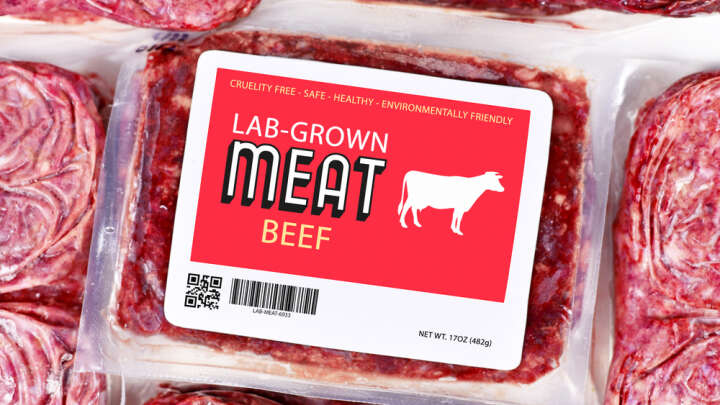
As 3D printing continues to change the world, companies have firmly set their sights on changing the meat industry. Whether it be to improve animal welfare and ease our reliance on the livestock industry, or just to be the first in a rapidly expanding market, researchers are rushing to release their lab-grown, 3D-printed meat to the public on a large scale.
But if – or when – it finally happens, will you be making the switch?
Regardless of your thoughts on cultured meat, it is already on sale in some areas. Residents of Singapore can order cell-cultured chicken in a variety of recipes directly to their home as a result of Californian startup Eat Just and delivery platform Foodpanda, and a restaurant in Tel Aviv is selling cultured chicken as it tests the new “clean meat” on classic dishes.
These cell-cultured meat alternatives could be the perfect bridge between meat-lovers and vegans – food that tastes, looks, and feels like meat, but carries none of the environmental and ethical burdens of regular meat.
To create it, they use stem cells from cows (taken humanely through a simple biopsy with anesthesia) or chicken eggs, which are able to be cultured into the desired product. Once they have grown into edible tissue, they are then used to create a form of ink that is used by a 3D printer to layer it into normal-looking food. This way, scientists have created everything from chicken burgers to full-blown steaks, and they claim it will taste just as good.
However, before it takes over the food market, consumers will need convincing.
The jury is still out on whether people will be switching over to the lab-based alternatives. In 2018, when the technology was far less developed, 29 percent of UK and US consumers stated they would eat cultured meat in a survey conducted by Surveygoo, while 60 percent of vegans would be willing to give it a try. In many cases, it appears the cruelty-free nature of the meat is enough to persuade ethical eaters, but there are still reservations by some. In 2020, a study found that 72 percent of Australian Generation Z (18-25-year-olds) weren’t quite ready to accept cultured meat, despite expressing concerns for the environment.
“In-vitro meat and other alternatives are important as they can help to reduce greenhouse emissions and lead to better animal welfare conditions,” said Dr Bogueva, lead researcher and researcher at University of Sydney, in a statement.
“However, if cultured meat is to replace livestock-based proteins, it will have to emotionally and intellectually appeal to the Gen Z consumers.”
In the meantime, companies intend on surging forward on their new products. A recent forecast estimated cultured meat will make up 35 percent of available meat products by 2040, and grow rapidly in the more foreseeable future. The process still suffers from scaling issues in many cases, and it remains to be seen whether the companies can create authentic meat characteristics that will convince consumers to give up their favorite foods.
However, it is very possible that this generation will be the generation of no-kill, cultured products, and many meat-lovers and vegans alike will welcome the technology with open arms.
THIS WEEK IN IFLSCIENCE
Receive our biggest science stories to your inbox weekly!
